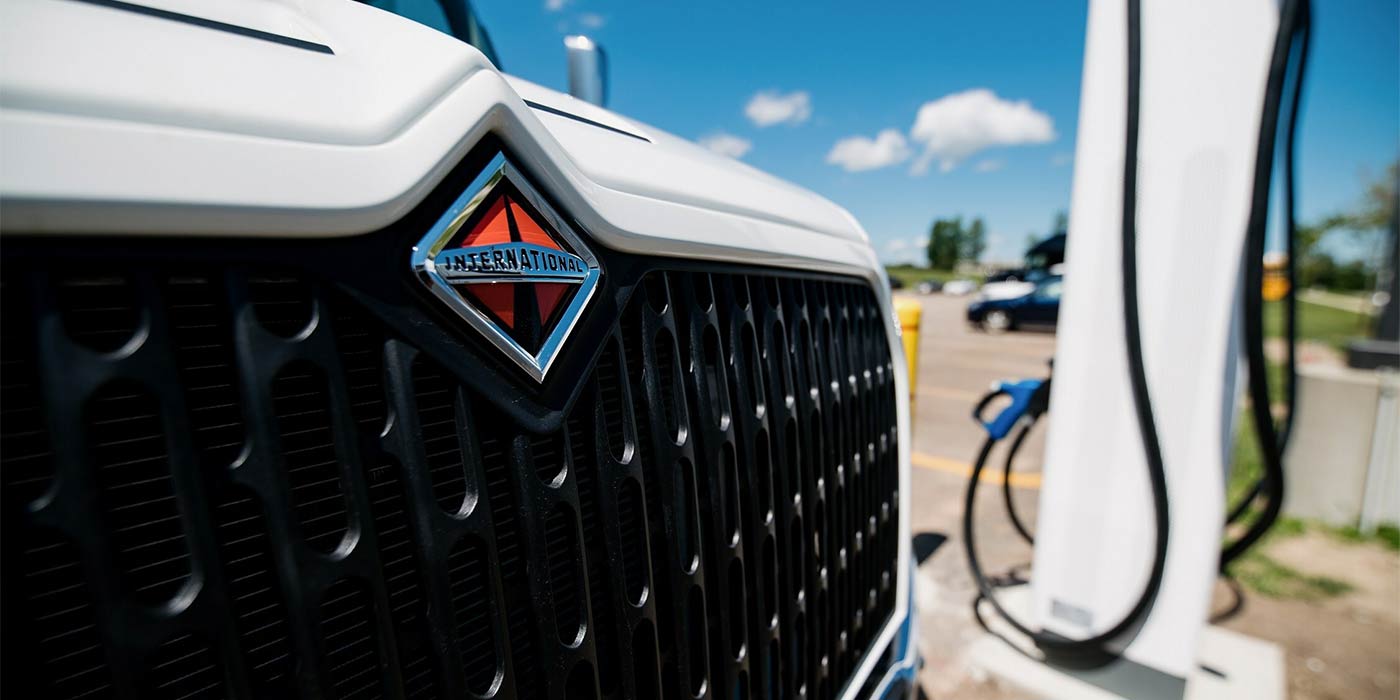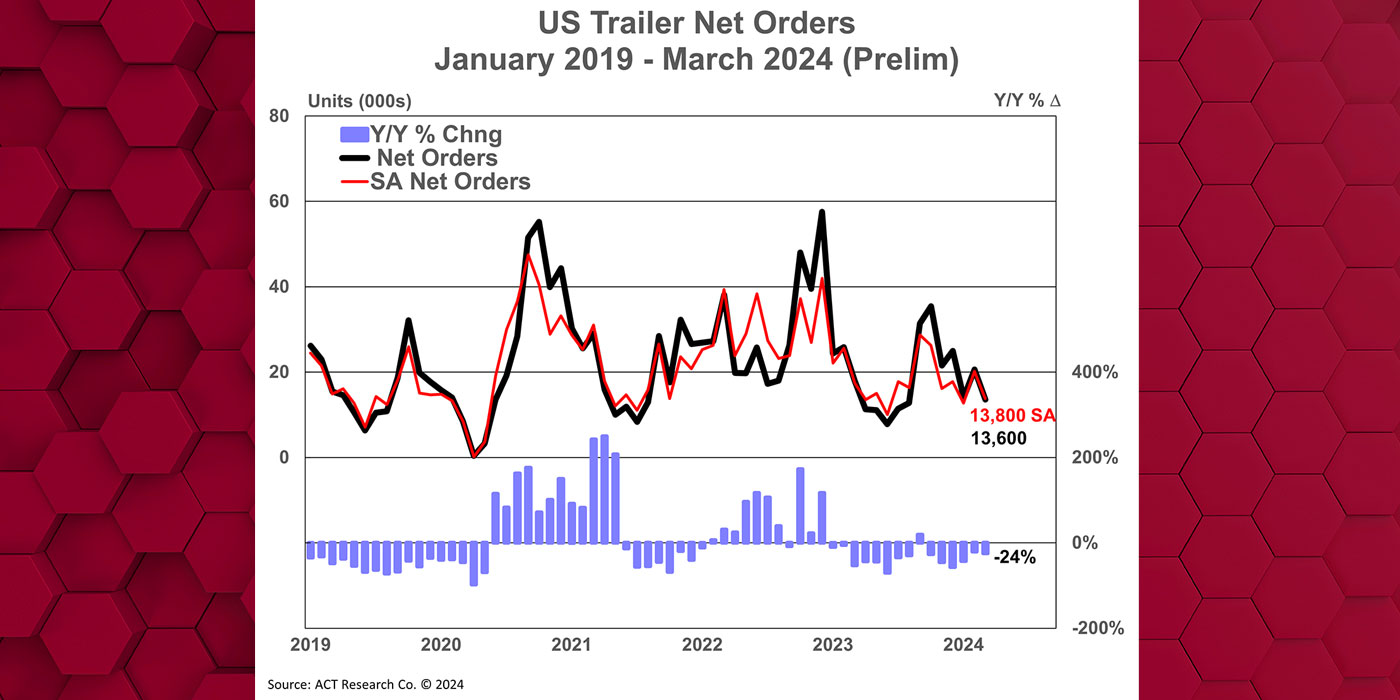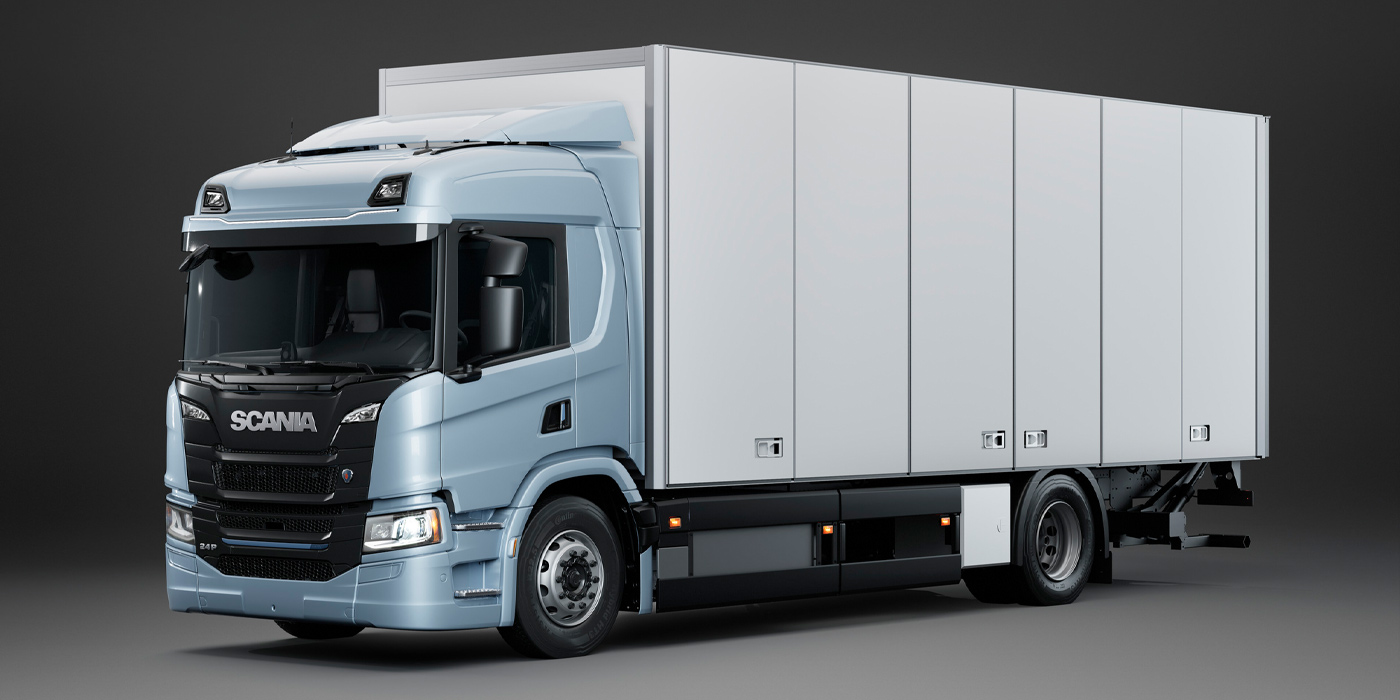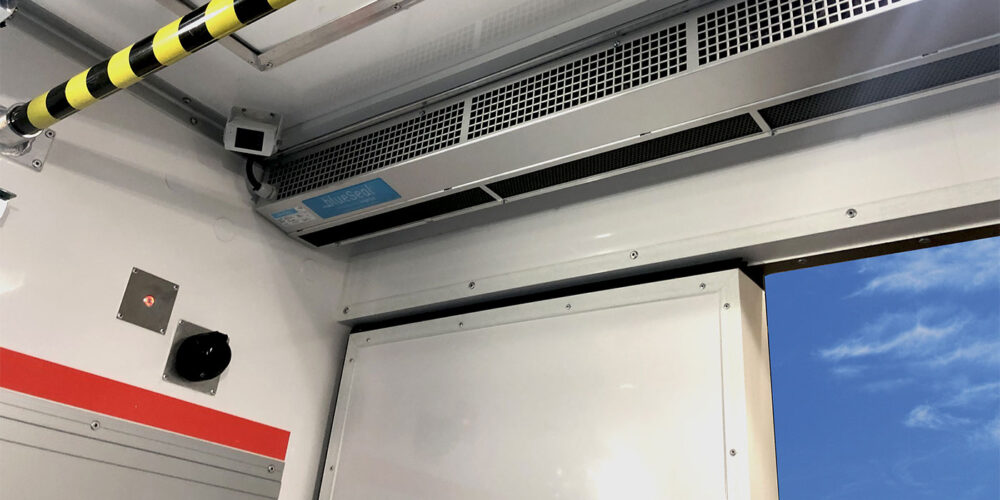Few managers question the traditional benefits of a well thought out and executed tire/wheel program.
Reliability, safety, selection of quality products and service providers, and resulting low tire cost-per-mile are the commonly sought after results. Since tires and other axle-end component programs represent significant expenses, even in a well operated and maintained fleet, consider using your established tire/wheel program for added benefits. Think about how these assets might be leveraged.
For example, good tire/retread selection and maintenance should result in fewer on-road failures and freight delays. These benefits should please both customers and drivers. Consider preparing a brief, but hard hitting presentation for your company sales and marketing staff comparing on-time/uptime performance with earlier records, emphasizing the correlation with upgrades to tire/-wheel program and noting improvements over time. This information will be useful in new business solicitations. Increased customer satisfaction from higher on time delivery rates , as noted in a sales presentation, may also facilitate selling future maintenance program expenses to management. Statistics about road failures, scrap rates, out-of-network service calls, premium priced un-scheduled parts and service purchases and the like are convincing additions With the improved reliability and extended service life of most axle-end components, running cost comparisons have come to the forefront. These are rightfully based on primary expenses such as tire, re-tread, and service costs. Secondary benefits should also be considered and often must be pointed out before they are recognized. Most drivers, especially those paid on mileage, appreciate the reliability and safety of avoiding roadside delays. Consider how your records might be configured to assist the safety managers/-coordinators and driver recruiters/-trainers.
Tires, brakes and other axle-end component failures often cause un-scheduled delays that create a roadside parked vehicle safety concern in addition to the added expense of un-scheduled parts and service needs. Reduced instances of roadside “parks” in no-parking areas should be considered as a positive note by insurance carriers. Data substantiating such reductions should be compiled and shared with the administrators in your company who deal with insurers. Good technician training should result in fewer injuries and increase safety. Chances are the insurers themselves aren’t going to discover this information on their own and offer unsolicited credits for your good performance.
The benefits of proper inflation maintenance are well documented in terms of lower tire failure rates and reduced “return as received” (RARs) from retreaders. A lesser promoted advantage is that well cared for tires can also pay dividends in the used tire and retreadable casing markets. This can be leveraged when negotiating trade package vehicle returns, selling equipment, and casing sales or tire trade-ins to suppliers/retreaders for those fleet operations preferring to run only new tires. Although casing values are typically established after the simple questions of tire size and age have been answered, many retreaders are willing to negotiate tiered allowances/payments for premium incoming casings, based on tire brand, virgin versus previously retreaded units, axle position, and maintenance records, especially inflation maintenance. Keep in mind that each of these examples can only be exploited to your benefit if sufficient data are available to document your point. Some of this information may exist in different areas of your company and should be reviewed for tire, wheel, brake, bearing, or other component maintenance program.
The good news is new, cost-effective software and database management programs are appearing monthly. De-tailed performance records of tires, for example, may once again become a useful and affordable management tools for fine tuning performance and lowering running costs.













